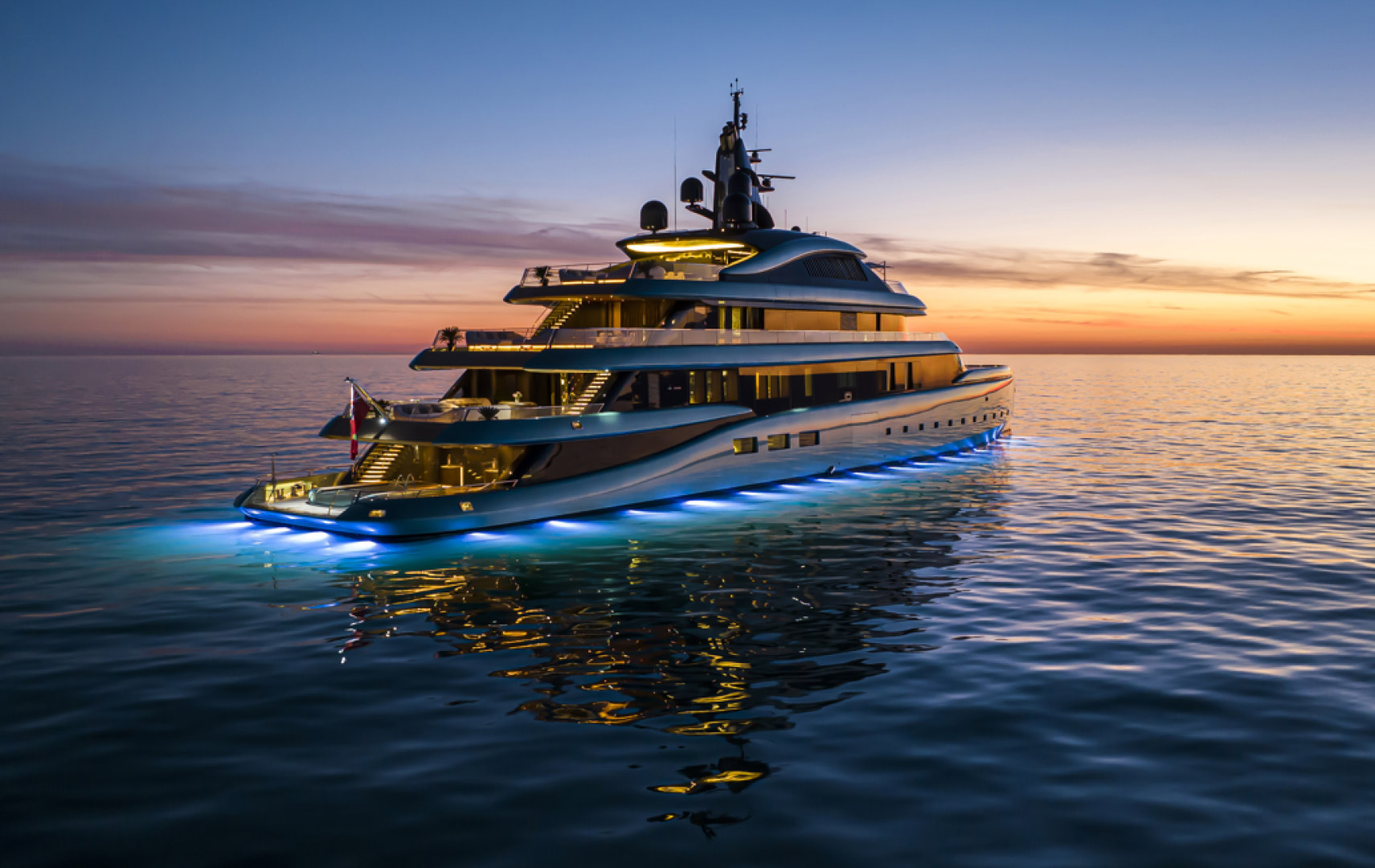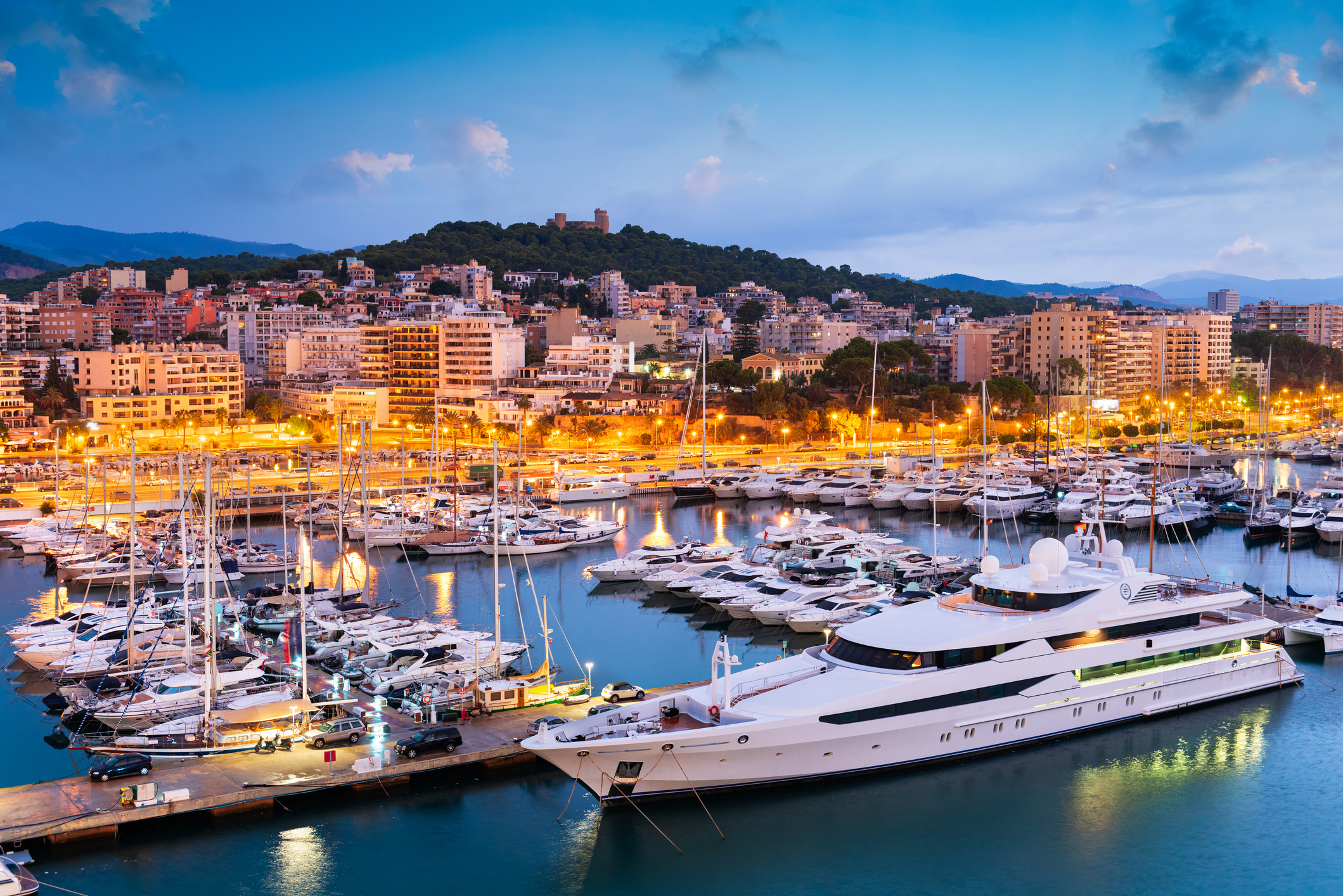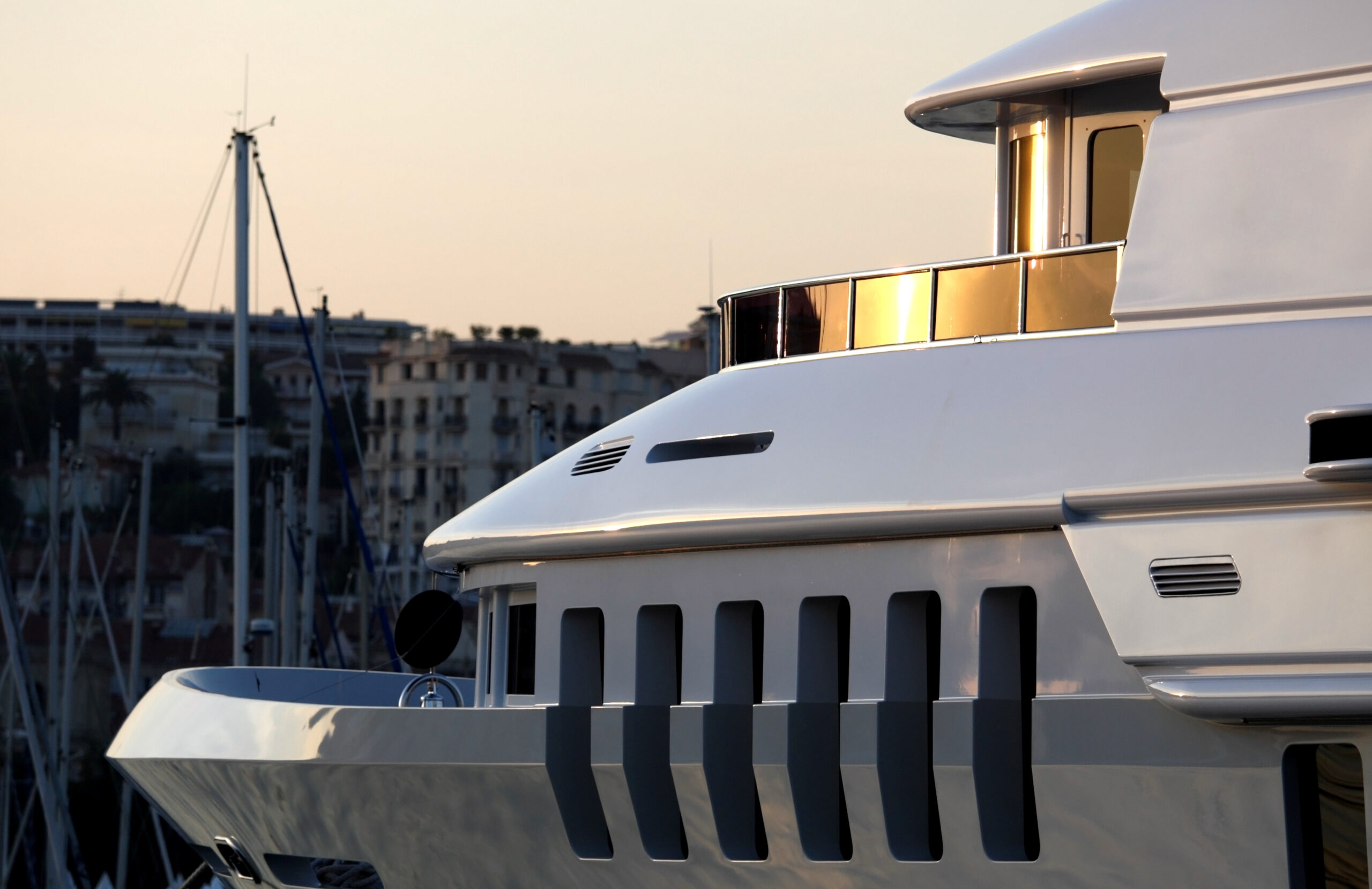Several key trends are shaping the private business jet industry in 2024, reflecting growing demands and technological advancements:
Increased Demand and Fleet Expansion: The demand for private business jets remains robust, with forecasts indicating up to 8,500 new jet deliveries over the next decade. Operators are expanding their fleets at a faster rate than in previous years, driven by a surge in new users and a strong preference for private aviation.
Sustainability Initiatives: There is a significant push towards sustainability in the industry. The use of Sustainable Aviation Fuels (SAFs) is becoming more prevalent, offering a cleaner alternative to traditional jet fuels and appealing to environmentally conscious customers. Additionally, electric aircraft, although currently limited by battery technology, are being developed and may play a more significant role in the future.
Emerging Technologies: Innovations such as electric Vertical Take-Off and Landing (eVTOL) vehicles are on the horizon, promising to revolutionize urban air mobility and reduce traffic congestion in cities. These advancements are part of a broader trend towards integrating cutting-edge technology to enhance travel efficiency and experience.
Personalized and Luxury Travel: Customization and bespoke travel solutions are increasingly important. Private jet operators are enhancing their services to offer tailored experiences, including wellness-focused amenities and advanced in-flight technology to boost productivity and comfort.
Cost Management and Efficiency: The industry is also focused on managing rising costs. Strategies such as utilizing empty-leg flights, which are significantly cheaper, and optimizing routes to reduce connecting flights are becoming more common. This approach not only cuts costs but also improves operational efficiency and customer satisfaction.
Sanitation and Safety: Post-pandemic, there is a continued emphasis on sanitation. Private jet operators are maintaining high standards of cleanliness and implementing measures to ensure passenger safety, which remains a priority for many travellers
These trends indicate that the private business jet industry is evolving to meet new demands, incorporating sustainability, advanced technology, and personalised luxury to stay ahead in a competitive market.









